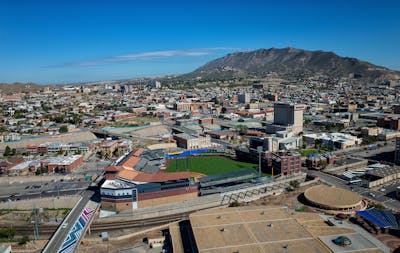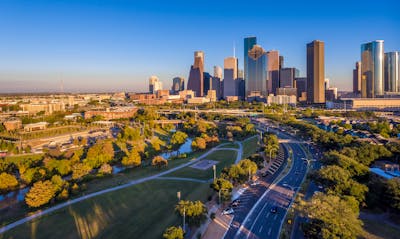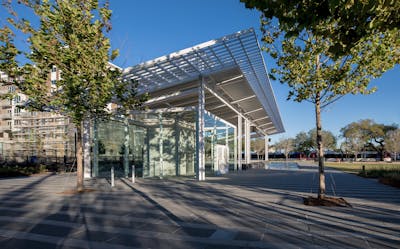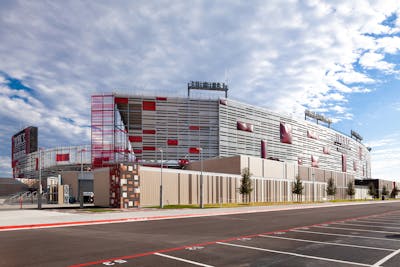Traffic Studies

The Science of Movement
Traffic literally involves millions of moving parts. Making them all run optimally takes keen insights. Our traffic studies delve into the finest details of all facets of project development, from community impacts at every phase, to signalization needs, to access for service and emergency vehicles. Our team can simulate expected traffic during construction, so the project can be designed for maximum efficiency and minimum disruption to the public.
Traffic Impact Studies
When a planned development will likely cause significant changes in traffic volume or circulation patterns, governments and developers call on our team to study the potential widespread impacts. We provide traffic studies, analyses, and assessments for our clients, always coordinating with approval authorities from the earliest stages to ensure projects are well conceived and optimally streamlined.
Corridor and Feasibility Studies
Regardless of whether it’s large or small, every traffic project has a ripple effect. Our studies analyze impacts along the entire corridors that branch off from the main project. We take a big-picture look at all details, including intersections, parallel routes, right-of-way conditions, traffic volumes, parking demand, median spacing, and driveways. Our studies allow clients to look at a traffic solution more as a corridor solution, so they can bring maximum benefit to all users.
Access Management
One of the most critical factors for streamlining traffic is access – both granting it and limiting it. Our traffic engineers work with governments, developers, and citizens to develop access control solutions that design for optimal spacing and flow, balancing the need for easy access with the equally important need to minimize conflicting movements and threats to safety.
Safety
The best engineers are meticulous planners. We see our design role as especially critical when safety factors are involved. We stay abreast of the latest innovations to protect the safety of motorists, passengers, cyclists, pedestrians, and all other users. Our team follows the standards and criteria within the Manual on Uniform Traffic Control Devices, the Policy on Geometric Design of Highways and Streets, the Highway Capacity Manual, and other leading references.
Crowd Modeling
We develop 3D models to analyze and optimize crowd flow in key areas like casino connectors or arena entrances. By simulating real-life experiences with elements such as ticketing, escalators, and entry points, we help ensure efficient, safe pedestrian movement and support informed design decisions for high-traffic zones.










